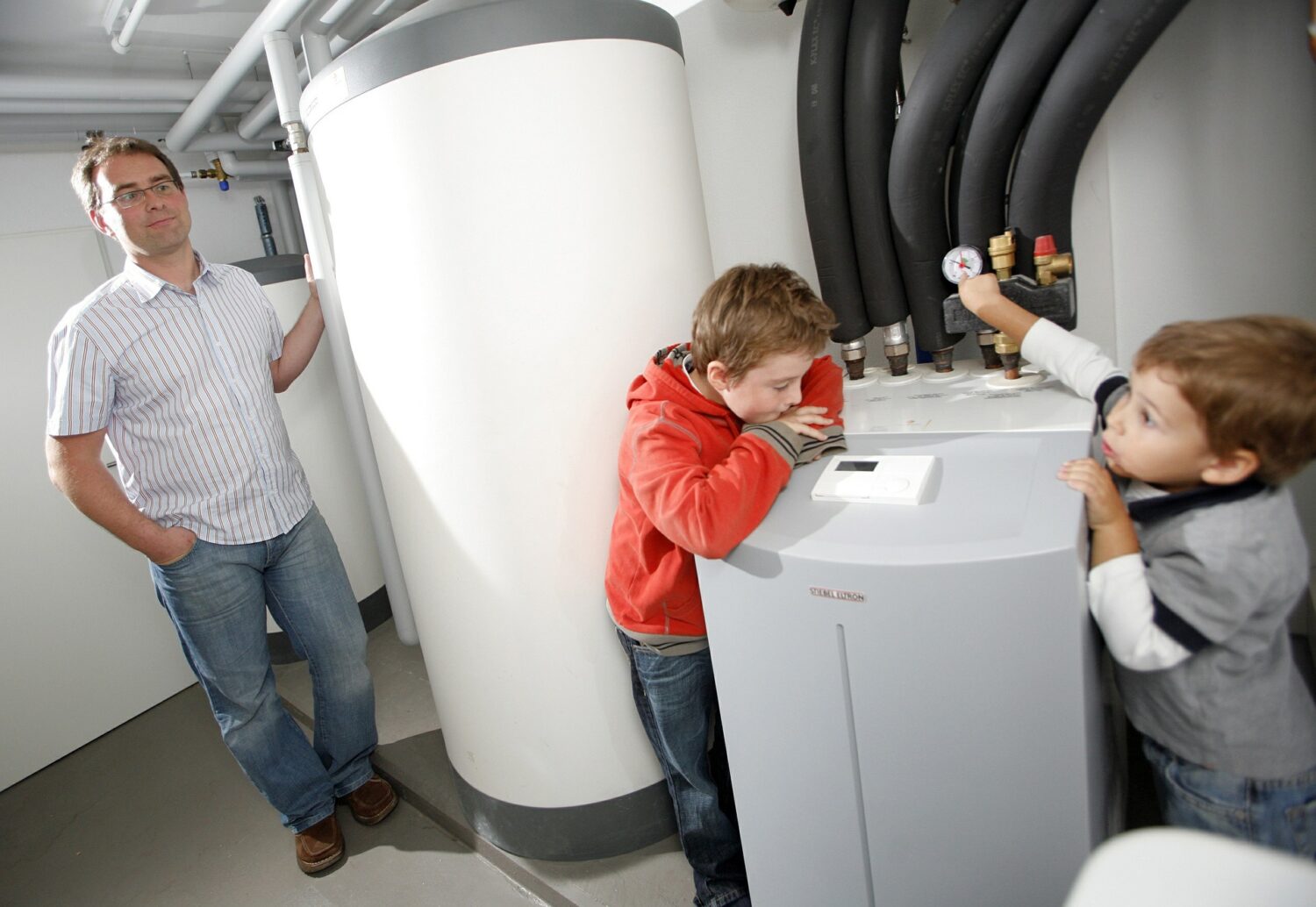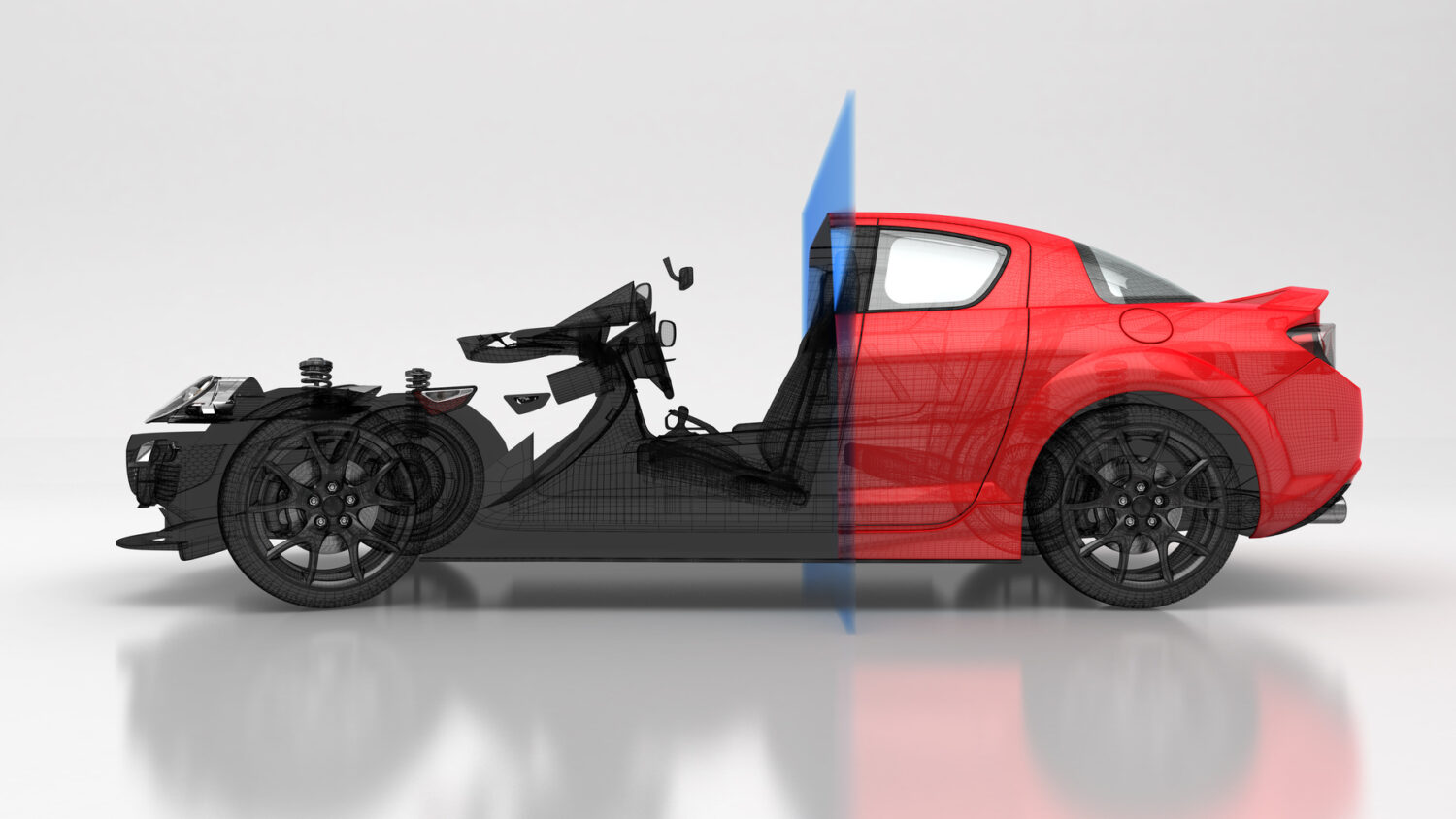Recuperation and heat pumps – advantages. The current trend is a gradual shift from fossil fuels as a raw material for heating homes. It has to do with environmental protection. It has become important to develop heating methods that use renewable energy sources. These devices are becoming cheaper, more efficient and widely available. This is especially true for heat pumps that can be used as a standalone heating device. The use of recuperation and heat pump contributes to the reduction of heating costs.
As a result, the relatively high purchase cost of the device and installation will pay for itself quite quickly. In addition, you can also use the heat pump to produce domestic water cooling and ventilation with heat recovery. Groundwater can also be a source of energy with a constant temperature throughout the year. As a result, thanks to the use of ground-based heat pumps, access to environmental renewable energy resources is ensured. Heat pumps and recuperation function not only to heat buildings and water supply, but also by reversing the heating circuit are used to cool houses in the summer.
- https://www.kz-walbrzych.pl/dlaczego-warto-stawiac-na-skup-aut/
- https://www.rutenika.pl/co-trzeba-wiedziec-o-witaminie-c-na-co-ja-stosowac-i-kiedy/
- https://www.swiat-kobiet.eu/w-jaki-sposob-mozemy-zrzucic-kilka-kilogramow/
Heat pumps and recuperation
Heat pumps and recuperation – an energy source taken from the indoor exhaust air, which is discharged to the street after recovering heat energy. In a room, air quality directly depends on air exchange. That is, air must constantly enter and be removed from the building. In addition to how indoor air stores pollutants and heat in the room, it is removed to the outside. Heat pump with air recovery (heat pumps with recuperation) of the exhaust air collects heat energy from the air mass before it leaves the room. All the heat obtained can be used for hot water or heating. Ventilation with heat recovery energy-saving and reliably stores the accumulated heat, and the air in the room remains fresh and safe.
Why is it time to ditch the old type exhaust ventilation?
Why is the traditional natural exhaust ventilation, which has been installed in private houses, apartments and buildings for many years, replaced? The fact is that in this case, there should be a constant penetration of air into the room through the frames, doors and gaps. But in the case of the installation of airtight plastic double-glazed windows, the air flow is significantly reduced, as a result of which the natural exhaust ventilation system ceases to function normally.
In order for the air temperature to be comfortable indoors, the air must be heated in winter. Not only cold, but also dirty air enters the room from the street, and drafts periodically appear. There is no way to control the volume of these air currents. It turns out that due to unbalanced ventilation, a lot of money is literally thrown to the wind, as people are forced to pay for heating the air that goes into the pipe in minutes.
How to save heat at home – heat pumps and recuperation?
To save heat in the ventilation system by heating the supply of cold air due to warm air removed from the room, special heat recovery units are designed. In the supply and exhaust ventilation systems, there is a built-in cassette that provides heat exchange in the air. Leaving it, the exhaust air transfers heat to the walls of the heat exchanger, and the cold air entering the room is heated from the walls. This principle underlies the operation of plate and rotary recuperators, which at the moment have gained popularity in the market of ventilation devices.
Scheme and principle of operation of the supply and exhaust ventilation system with a recuperator, i.e. the heat pump and recuperation
Suppose it is winter outside and the temperature outside the window is -23 ° C. When the supply / exhaust unit is turned on, the street air is sucked in through the unit by the built-in fan, passes through the filter and enters the heat exchanger cassette. Passing through it, it heats up to +14 0 С. As we can see, during winter cold weather, the installation is not able to fully heat the air to room temperature, although for many such heating may be sufficient, therefore, after the recuperator, the supply air can go directly into the room or if the so-called air heating is in the exchanger passing through it heat, the air warms up to +20 0C and only fully heated it enters the room.
The heater is a low-power electric or water heater with a capacity of 1-2 kW, which can, if necessary, turn on at low temperatures and heat the air to a comfortable room temperature. In complete sets of recuperators from different manufacturers, it is usually possible to choose a water or electric heater. On the contrary, the room air at a temperature of +18 0 С (+20 0 С) is sucked in from the room by the built-in fan, passing through the heat exchanger cassette, is cooled by the supply air and leaves the heat exchanger outside at a temperature of -15 0 С.



